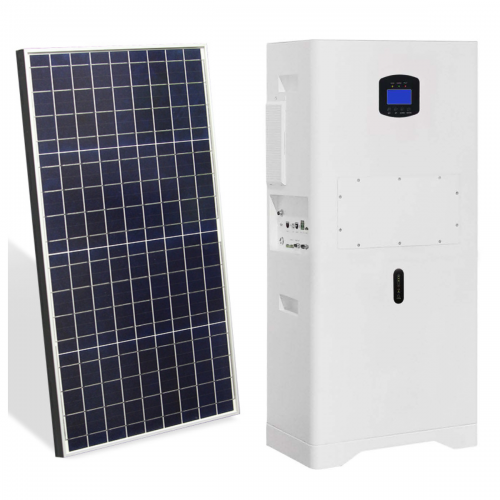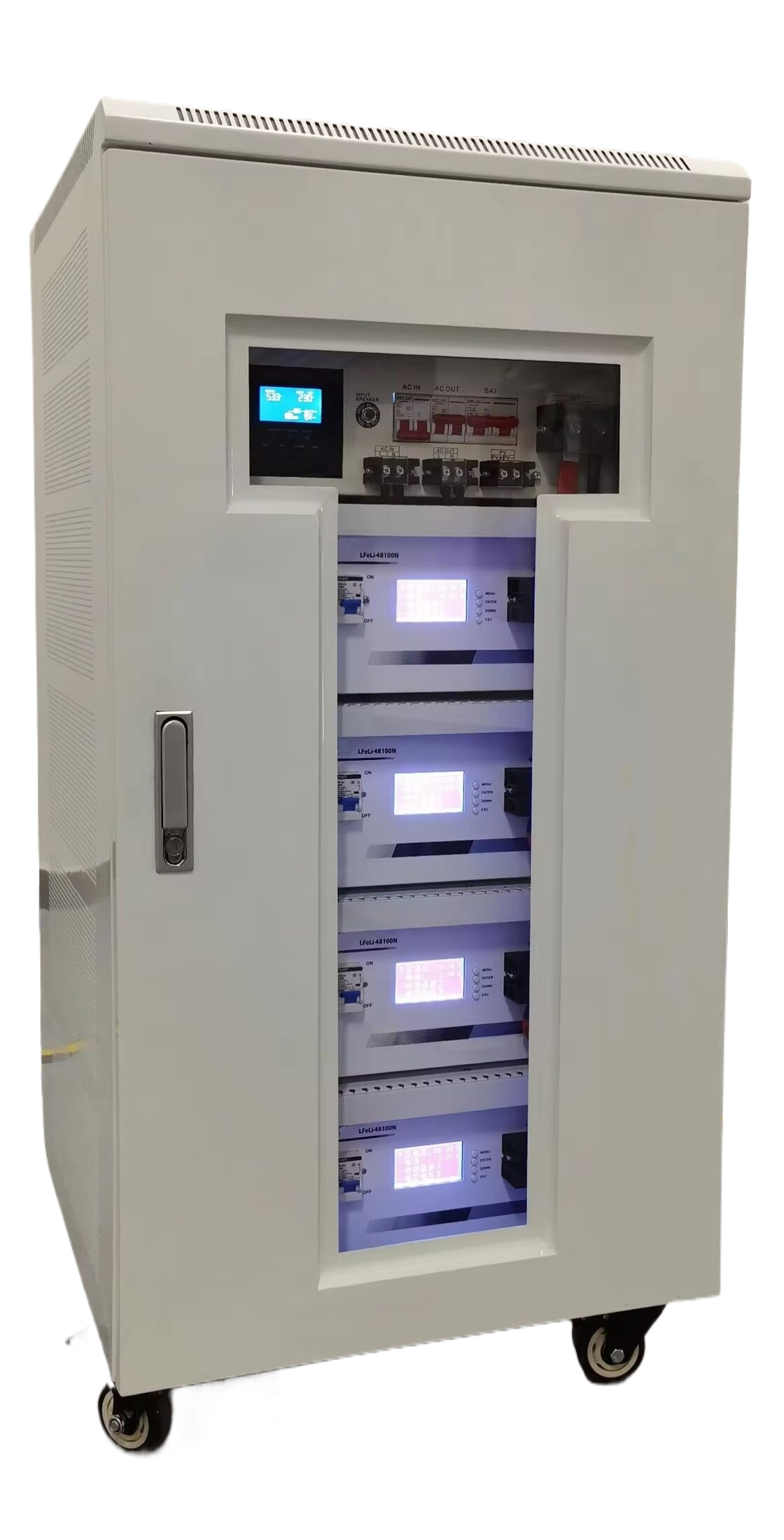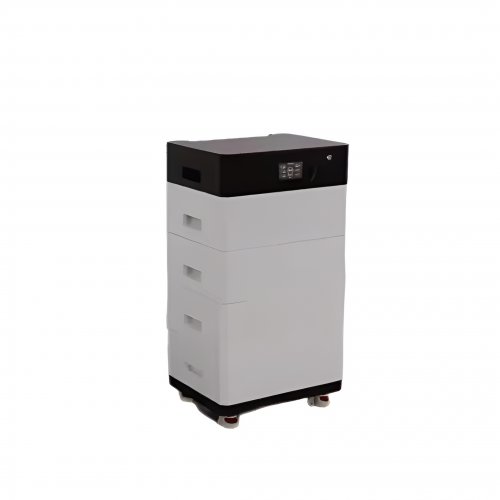How To Use Storage Recommendations: Optimizing Your Digital And Physical Storage Systems
Effective storage management is a critical yet often overlooked aspect of both our digital and physical lives. "Storage recommendations" refer to a set of best practices, automated suggestions, or systematic guidelines designed to help individuals and organizations optimize their storage space, enhance data accessibility, improve security, and reduce costs. This guide will walk you through the process of understanding, implementing, and benefiting from these recommendations.
Understanding Storage Recommendations
Storage recommendations are not a one-size-fits-all solution. They can manifest in various forms:Automated System Suggestions: Cloud services like Google Drive, Dropbox, or smartphone OSes often analyze your storage and suggest actions like "delete large files" or "clear cached data."Data Management Policies: In an organizational context, these are formal rules for data retention, archiving, and deletion.Personal Best Practices: Manually applied strategies for organizing physical goods or digital files based on principles of efficiency.
The core goal is always the same: to move from a state of reactive clutter to proactive, intelligent organization.
Step-by-Step Implementation Guide
Follow this structured approach to leverage storage recommendations effectively.
Step 1: Audit and Analyze Your Current Storage You cannot optimize what you do not measure. Begin with a thorough audit.Digital Storage: Use built-in tools like Windows' "Storage Sense" or macOS's "Manage Storage" to see what file types (documents, videos, applications) are consuming the most space. For cloud storage, check the web interface for a breakdown of your usage.Physical Storage: Empty the storage area (a closet, cabinet, or room). Sort all items into categories: keep, donate, discard, or relocate. This process reveals the volume and type of items you need to store.
Step 2: Define Your Objectives and Criteria Establish clear goals for your cleanup. What does "optimized" mean for you?Free Up Space: The primary goal for many, often targeting a specific amount of free GB or physical capacity.Improve Performance: For digital systems, a nearly full drive can slow down a computer. Freeing space can enhance speed.Enhance Accessibility: Organize files or items so they can be found within seconds, not minutes.Strengthen Security: Identify and properly secure or dispose of sensitive documents or files.
Step 3: Review and Prioritize Recommendations Now, apply the recommendations, starting with the most impactful.For Digital Data:Delete Unnecessary Files: Start with the easiest wins. Clear your download folder and browser cache.Address Large Files: Use your storage analysis tool to find and review your largest files. Can old videos, disk images, or archived projects be deleted or moved to external cold storage (like an external HDD)?Leverage Cloud Features: If your cloud service recommends "cleaning up shared files" or "deleting older versions," follow these prompts. They are designed to target low-hanging fruit.Uninstall Applications: Remove software you no longer use.For Physical Items:Follow the "One-In-One-Out" Rule: To prevent future clutter, for every new item you bring in, commit to removing one.Use Vertical Space: Recommendations often suggest using shelves, hooks, and stackable bins to maximize vertical space, which is frequently underutilized.Categorize and Label: Group similar items together (e.g., holiday decorations, tax documents, camping gear) and label containers clearly.
Step 4: Implement a Maintenance Schedule Storage optimization is not a one-time event. It requires ongoing maintenance.Schedule Time: Dedicate 15-30 minutes monthly for a quick digital cleanup and a more thorough quarterly review of both physical and digital spaces.Automate: Enable automated tools. Turn on "Storage Sense" on Windows to automatically free up space by removing temporary files and emptying the recycle bin. Set up automated cloud backup rules to archive old files to cheaper storage tiers.
Practical Tips and TechniquesThe 80/20 Rule: Often, 80% of your used space is taken by 20% of your files (or items). Focus your energy on finding and managing that 20%.Adopt a Consistent Naming Convention: For digital files, use clear, descriptive names like `2024-07-20_ProjectProposal_v2.pdf`. This makes searching effortless.Utilize the Right Containers: For physical storage, use uniform, clear bins for easy identification. For data, use appropriate storage tiers: hot (SSD, frequent access), cool (cloud, infrequent access), and archive (external HDD, cloud archive, long-term retention).Embrace Digital Transformation: Scan physical documents (manuals, receipts, important letters) and store them in a well-organized cloud drive. This saves physical space and makes retrieval easier.
Important Considerations and WarningsData Backup is Paramount: Before you begin any major digital deletion spree, ensure you have a verified, recent backup of all critical data. Deleting something irreplaceable is a permanent error.Understand Data Retention Laws: If you are managing organizational data, be aware of legal or compliance requirements that mandate keeping certain records for a specific period. Do not delete data bound by a retention policy.Beware of False Positives: Automated tools might sometimes recommend deleting a file that is still important. Always review suggestions manually before confirming any bulk deletion.Security During Disposal: Simply deleting a digital file does not erase it permanently. Use secure deletion software for highly sensitive files. For physical documents, use a cross-cut shredder.Avoid Over-Organization: Do not spend more time creating a complex filing system than you save by using it. The system should be simple, intuitive, and sustainable.
By systematically applying these storage recommendations, you transform storage from a source of stress into a streamlined and efficient system. The result is not just free space, but also saved time, reduced anxiety, and a more productive environment, both on your devices and in your home or office.
Customized/OEM/ODM Service
HomSolar Supports Lifepo4 battery pack customization/OEM/ODM service, welcome to contact us and tell us your needs.


HomSolar: Your One-stop LiFePO4 Battery Pack & ESS Solution Manufacturer
Our line of LiFePO4 (LFP) batteries offer a solution to demanding applications that require a lighter weight, longer life, and higher capacity battery. Features include advanced battery management systems (BMS), Bluetooth® communication and active intelligent monitoring.

Customised Lithium Iron Phosphate Battery Casing
ABS plastic housing, aluminium housing, stainless steel housing and iron housing are available, and can also be designed and customised according to your needs.

HomSolar Smart BMS
Intelligent Battery Management System for HomSolar Energy Storage System. Bluetooth, temperature sensor, LCD display, CAN interface, UART interface also available.


Terminals & Plugs Can Be Customized
A wide range of terminals and plugs can be customised to suit the application needs of your battery products.

Well-designed Solutions for Energy Storage Systems
We will design the perfect energy storage system solution according to your needs, so that you can easily solve the specific industry applications of battery products.



About Our Battery Cells
Our energy storage system products use brand new grade A LiFePO4 cells with a battery lifespan of more than 4,000 charge/discharge cycles.



Applications in Different Industries
We supply customized & OEM battery pack, assemble cells with wiring, fuse and plastic cover, all the cell wires connected to PCB plug or built BMS.
Applications: E-bike, Electric Scooter, Golf Carts, RV, Electric Wheelchair, Electric Tools, Robot Cleaner, Robot Sweeper, Solar Energy Storage System, Emergency Light, Solar Power Light, Medical Equipment, UPS Backup Power Supply.
We can provide you with customized services. We have the ability to provide a vertical supply chain, from single cells to pack/module and to a complete power solution with BMS, etc.


HomSolar (Shenzhen) Technology Co., Ltd
























